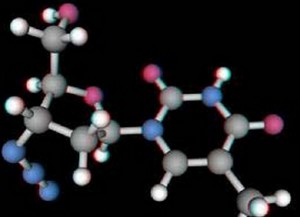Research advances of current bioactive peptides have attracted increasing concerns in the medical community and these peptides could provide a new approach to utilize rapeseed protein adequately. In fact, bioactive peptides have been a research focus in medicine and food science field since putting forward of the oligopeptide assimilate theory and discovery of its biological activity.
 At the same time, some scholars have put their focus on feed science field, trying to discover more effective clinical applications. This reviewed research advances in bioactive peptide especially in soybean peptides usually include practical theory and biological functions, as well as the applications in animal production. It is pointed out that the exploration and application of bioactive peptides is significant, which requires the close combination of varying chemical elements, such as acetyl hexapeptide 3, amyloid beta, alloferon, and so on. The nucleic acid sequence capable of encoding the bioactive peptide and the recipe of the medicine prepared with the peptide could also play an important role.
At the same time, some scholars have put their focus on feed science field, trying to discover more effective clinical applications. This reviewed research advances in bioactive peptide especially in soybean peptides usually include practical theory and biological functions, as well as the applications in animal production. It is pointed out that the exploration and application of bioactive peptides is significant, which requires the close combination of varying chemical elements, such as acetyl hexapeptide 3, amyloid beta, alloferon, and so on. The nucleic acid sequence capable of encoding the bioactive peptide and the recipe of the medicine prepared with the peptide could also play an important role.
With advanced modern biotech, peptidomic studies are emerging as an important part of the holistic approach to food science and technology and have been recently applied in the study and production of various peptides. On the other hand, food-derived bioactive peptides are always some short amino acid chains with a known sequence that may have one or more biological activities. The applied approach to bioactive peptide studies mainly includes bioinformatics, chemometric tools, as well as peptidomic methods. To be more specific, bioactive peptides of interest can help researchers understand the interaction mechanisms much better, which means analytical tools used for studying various aspects of peptides are extremely necessary.
In order to emphasize the production at laboratory and industrial scale, more and more biotech companies are dedicated to improve reliable technology such as amyloid precursor protein and peptide synthesis. In addition to the details discussed above, bioactive materials with more advance are also significant in terms of recent clinical applications. Clearly, peptide design still requires enough attention because only in this way can modern biotech develop rapidly and benefit more and more researchers.